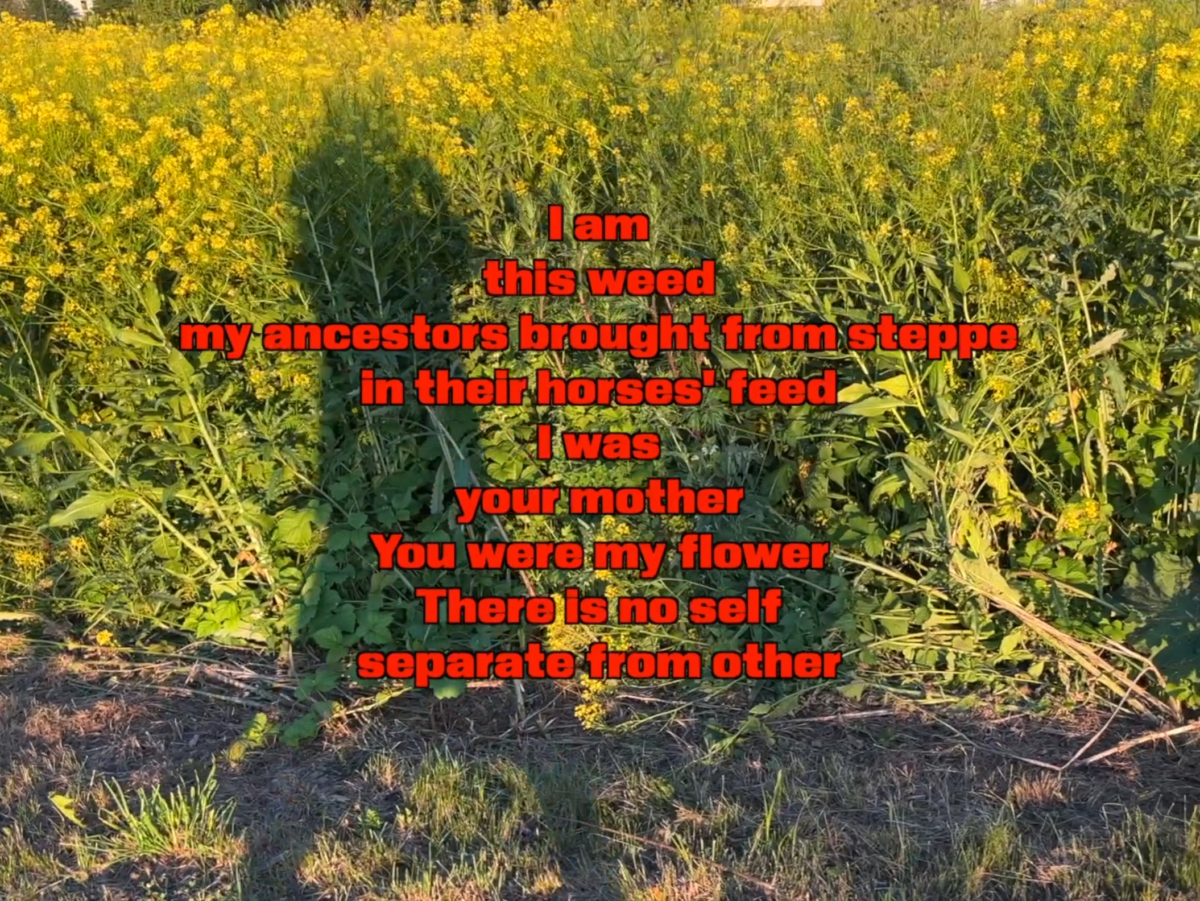
WHAT DO OLD APPLE TREES REMEMBER?[1]
The title of the 8th Artishok Biennial – Botanical Witnesses – will shift the field of human perception while elevating botanical specimens from the passive into the active state, to the role of engaged witnesses. Plants have a procedural relationship while changing their body and physiology as well as gesticulating themselves; the life and growth of plants are simultaneously a way of expression and what is expressed.[2] Under the aegis of the current biennial, plants have become companions on the artists’ creative journey while challenging the general approach towards plants as a piece of decor or commodity. This understanding, which in turn links back to colonialist expedition trips for valuable spices and herbs, also led to the establishing of botanical gardens.



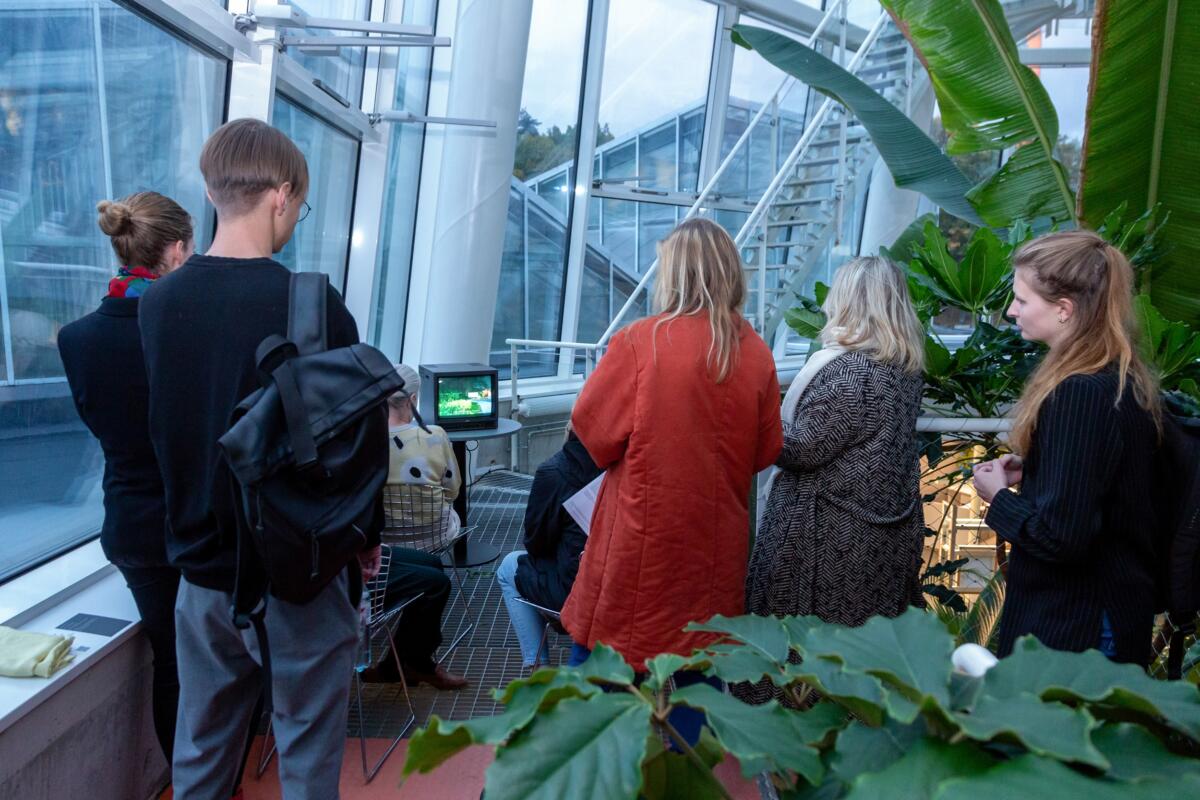
THE BOTANICAL GARDEN AS A SITE FOR (UN)LEARNING
The Tallinn Botanic Garden, this year’s biennials’ location, has been the initial impulse for the almost a year-long creative process for the artists and writers – a joint space for learning and unlearning. Accepting the challenge to create an artwork based on what they experienced in the botanical garden, the participating artists relate to various aspects of the site – the ones going beyond the visible contours of conventional plant collecting and categorisation. Visual artist and filmmaker Shubhangi Singh focuses on saltpetre or potassium nitrate in her tactile installation birth of a grenade, exhibited in the subtropical greenhouse. Mining, marketing and using this chemical compound shed light upon the dense interconnectedness of the history of Western colonialism and today’s global capitalist trade. Artist Sandra Kosorotova’s video work Can I Grow Here, exhibited in the heart of the Palm House and based on her personal experience, observes the widely spread weed Bunias orientalis (Turkish warty cabbage, hill mustard, or Turkish rocket) through which she draws a parallel between the human and natural world in the context of socially and economically segregating Tallinn. The botanical garden, its epitome, was cut away with a fence from the primaeval valley of River Pirita with the purpose of controlling the movement trajectory of visitors. The site-specific work What we do in the shadows? by architects Ulla Alla, Merilin Kaup, Mari Möldre and Margus Tammik stems from a willow tree, broken by a storm and found in the botanical garden. The “shadow rooms”, either playful or inviting to play, lead to the sites that are disordered and “out of control” from a human perspective. Here I recall a personal experience of the botanical garden across the river as my childhood playground.
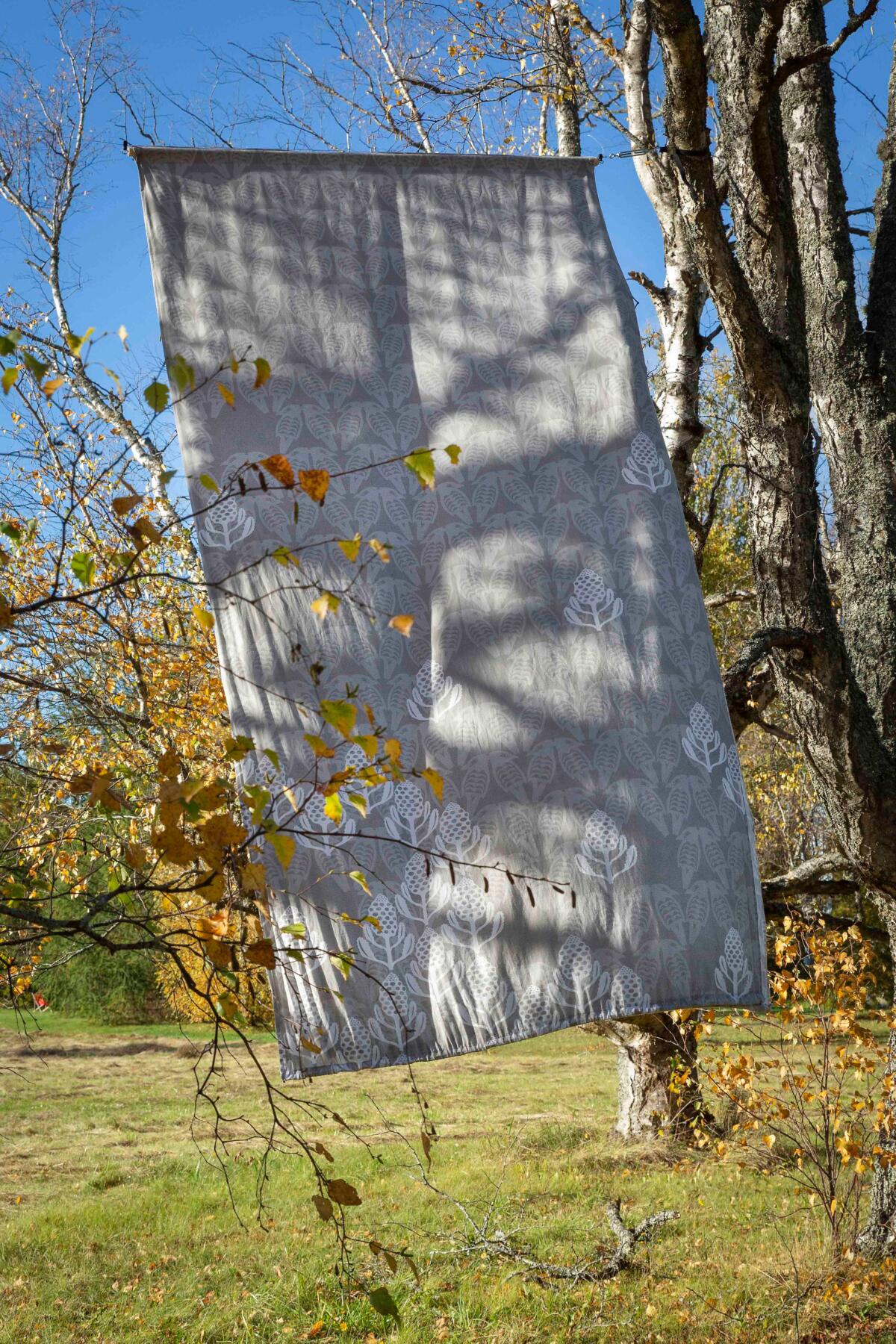


10 x 10 x 10
At the 8th Artishok Biennial, taking place from September 29th to October 30th, ten artists present their new artworks. Each of the works will be paired with ten critical reflections produced by ten writers. For ten consecutive nights, from September 29th to October 8th, the premieres of the artworks will take place across various venues at the Tallinn Botanic Garden and its close surroundings. On October 8th, a group exhibition including all artworks will be opened and can be visited until the end of the month.

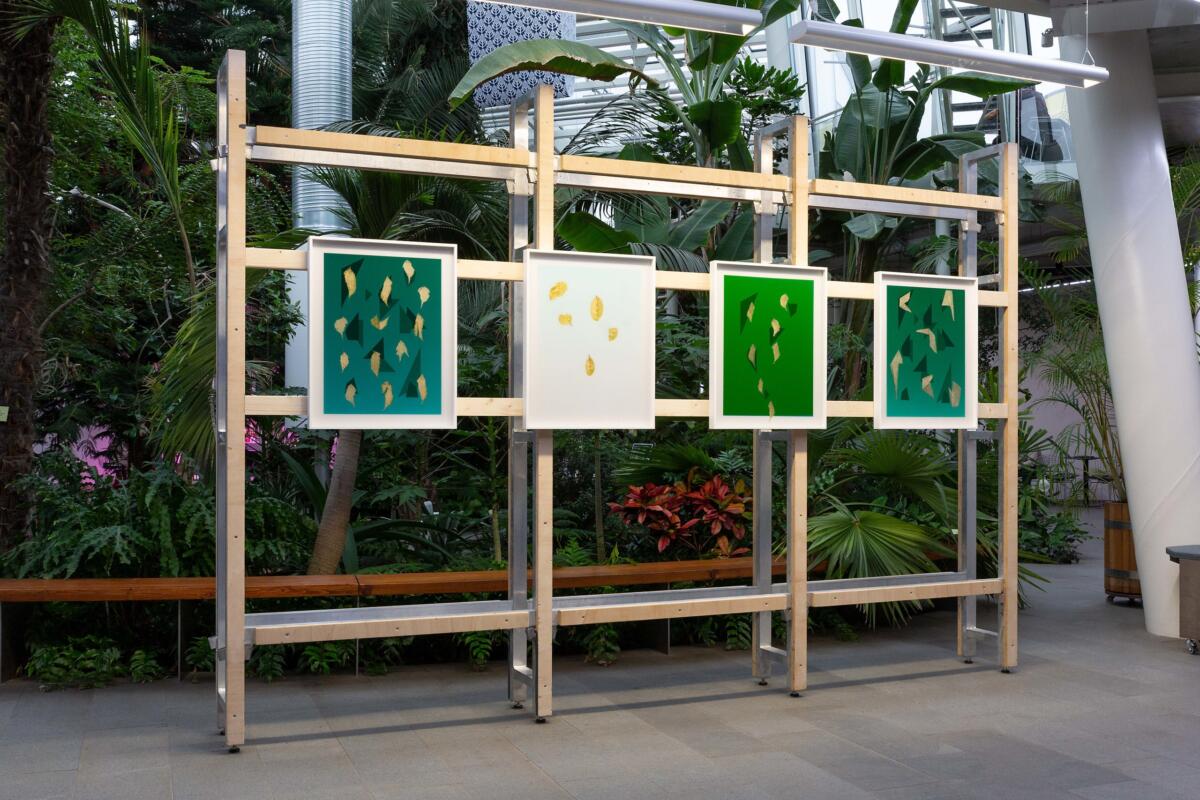

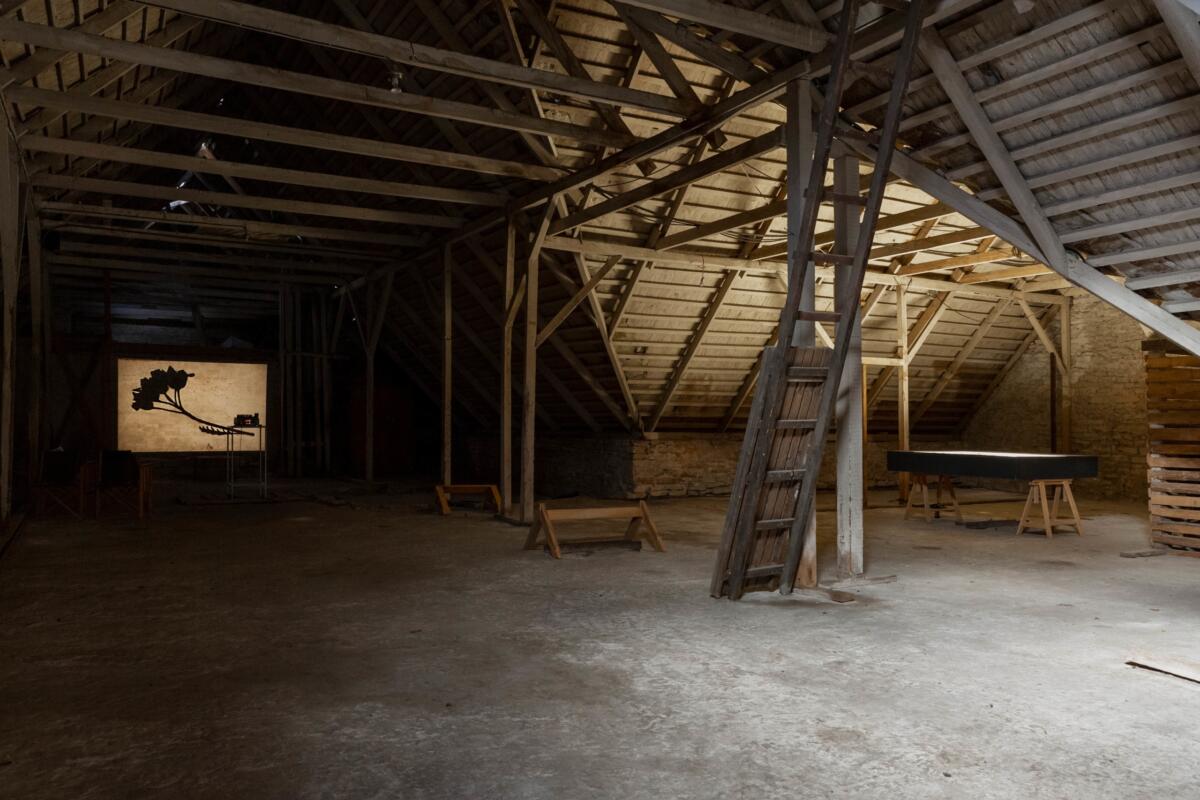
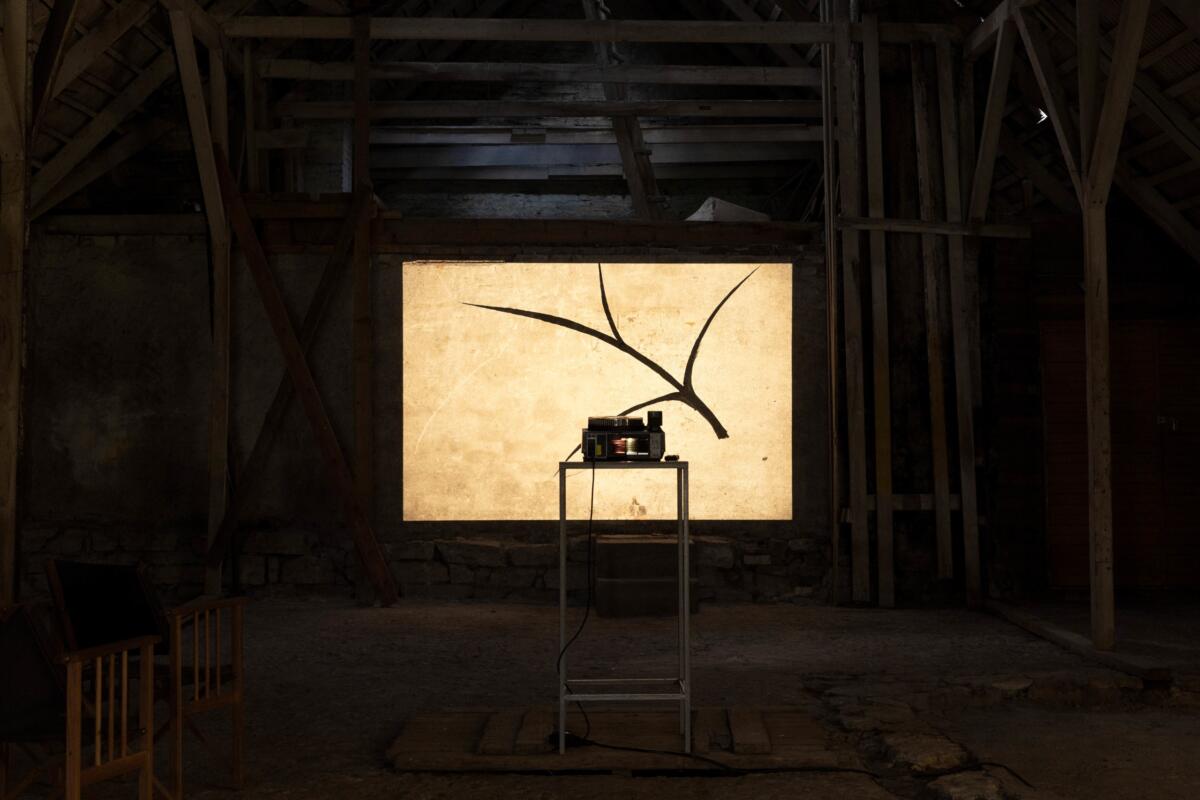
BIENNIAL AS A COLLECTIVE CREATIVE PROCESS
Following the format of Artishok Biennial, ten writers have been invited to write about the artworks of ten artists. Writers have been trusted with the task of composing a critical text for all of the exhibited artworks, while experimenting with the format of art criticism. This year, writers and artists have met in the botanical garden, in artists’ studios as well as online in order to discuss their creative processes during the works’ production period. Based on these meetings, the writers have created texts for the Artishok Biennial ahead of the completion of the artworks; these texts will be published simultaneously with the premiere of the artworks. Through their contributions, the format of art criticism extends from analytical approaches to personal letters addressed to the artists, as well as fictional stories.
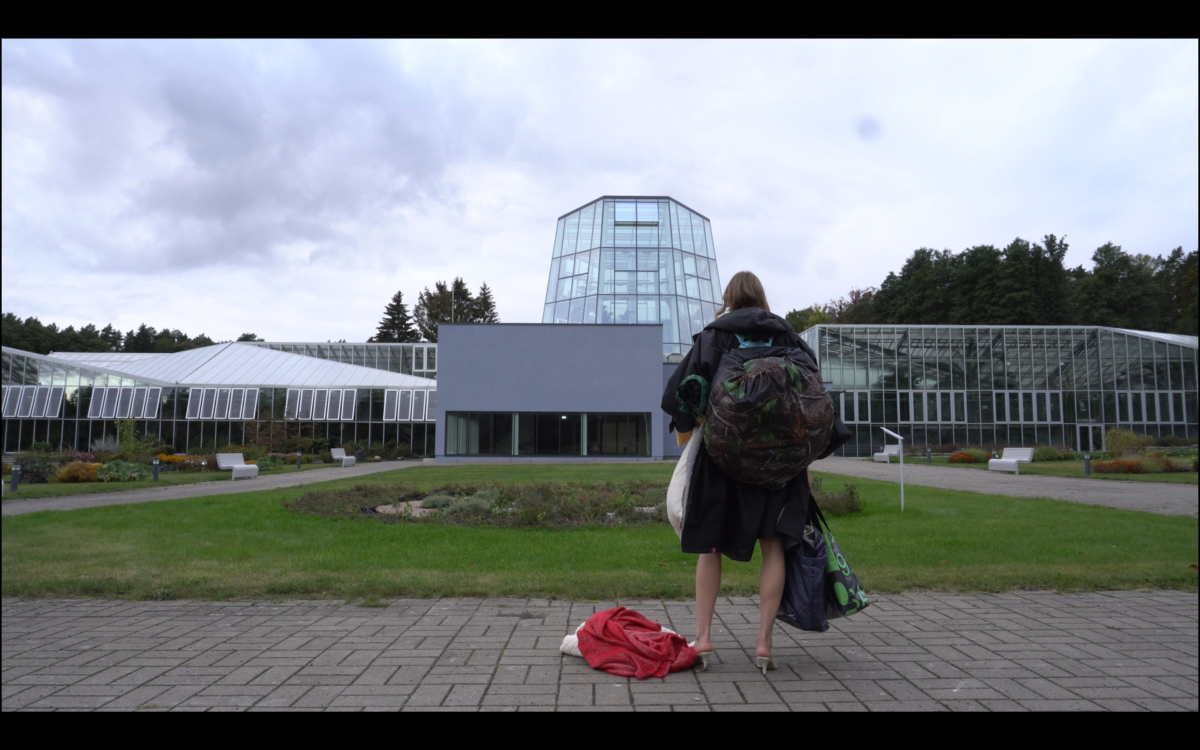
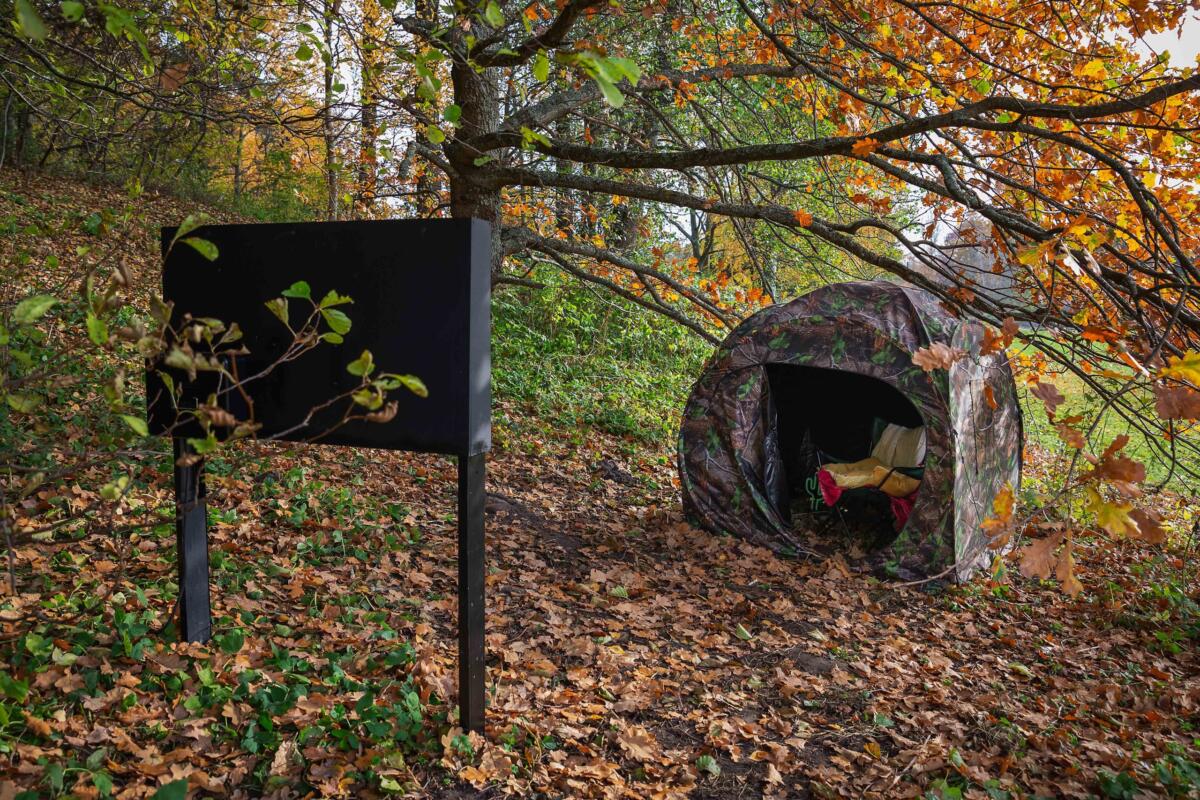
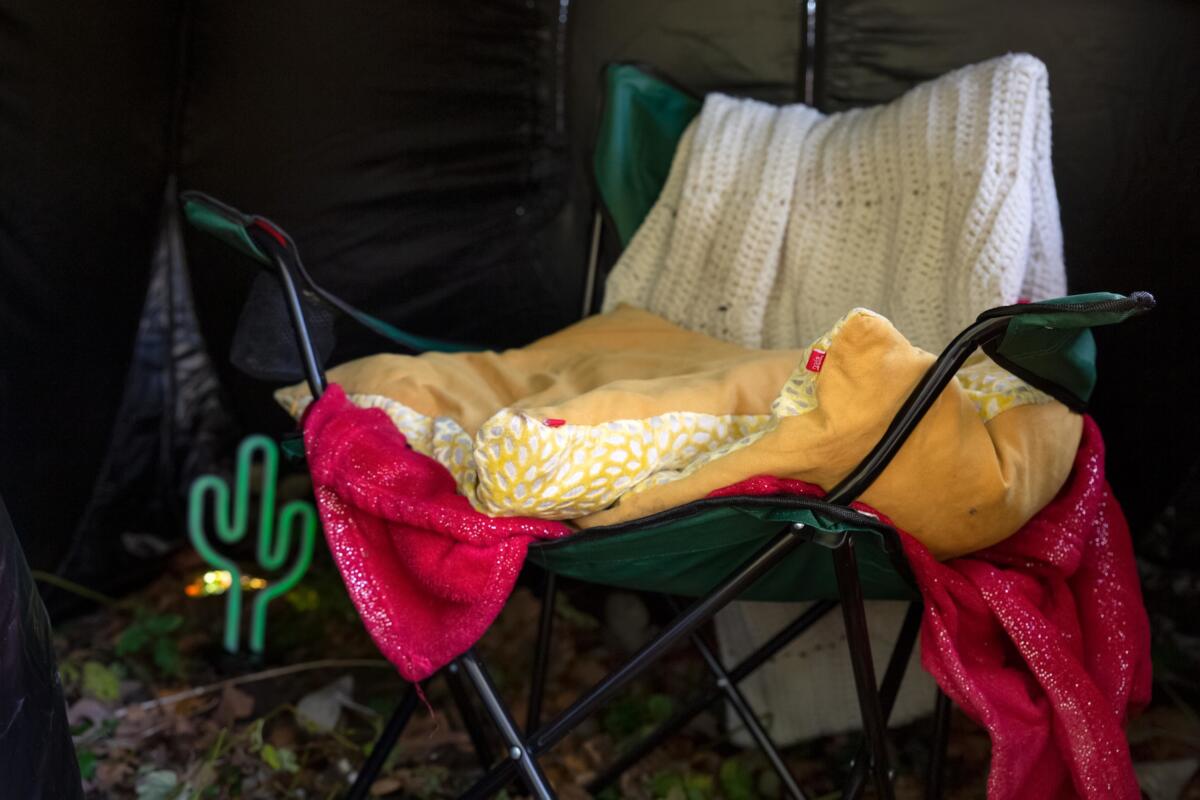
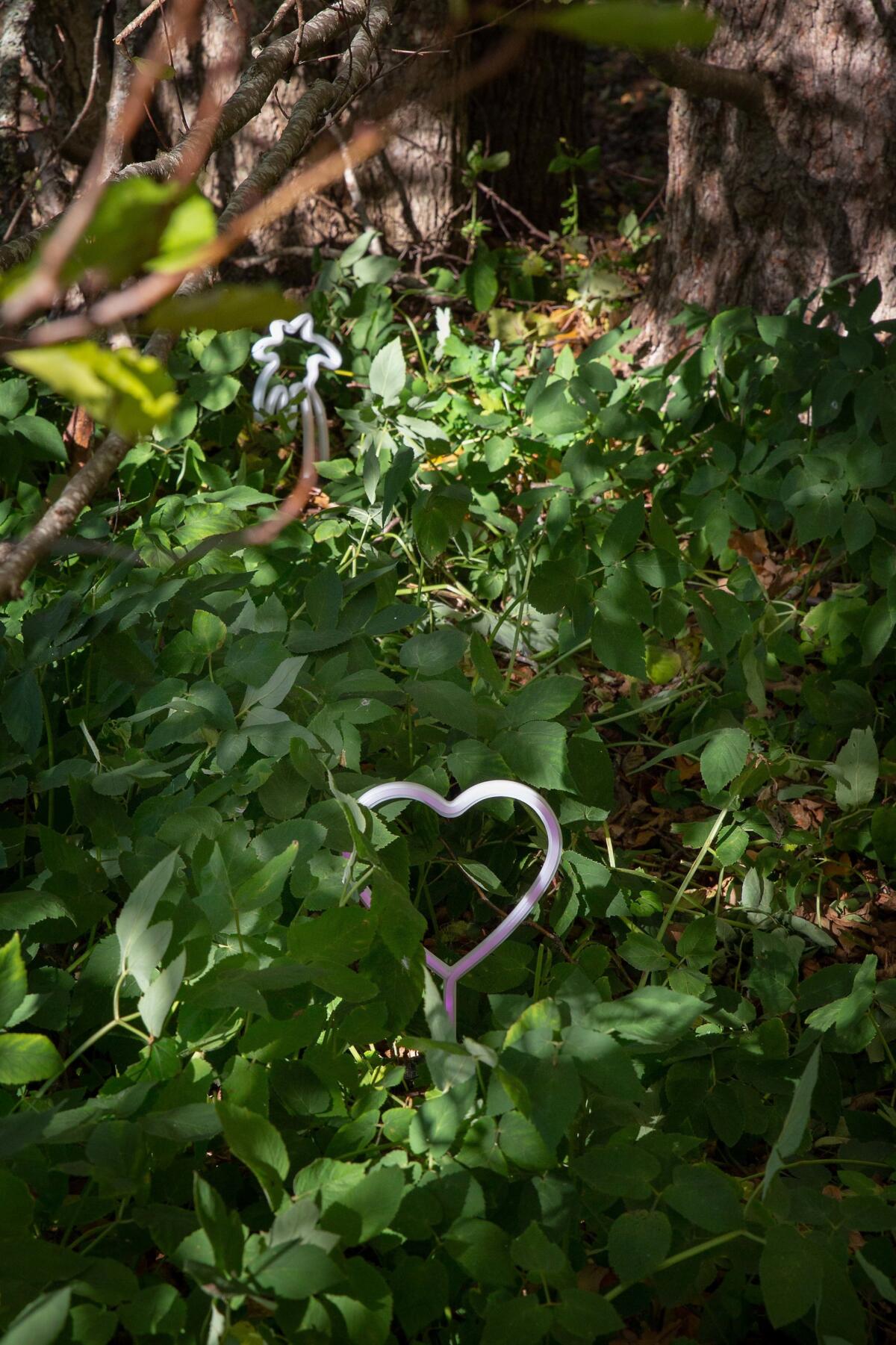
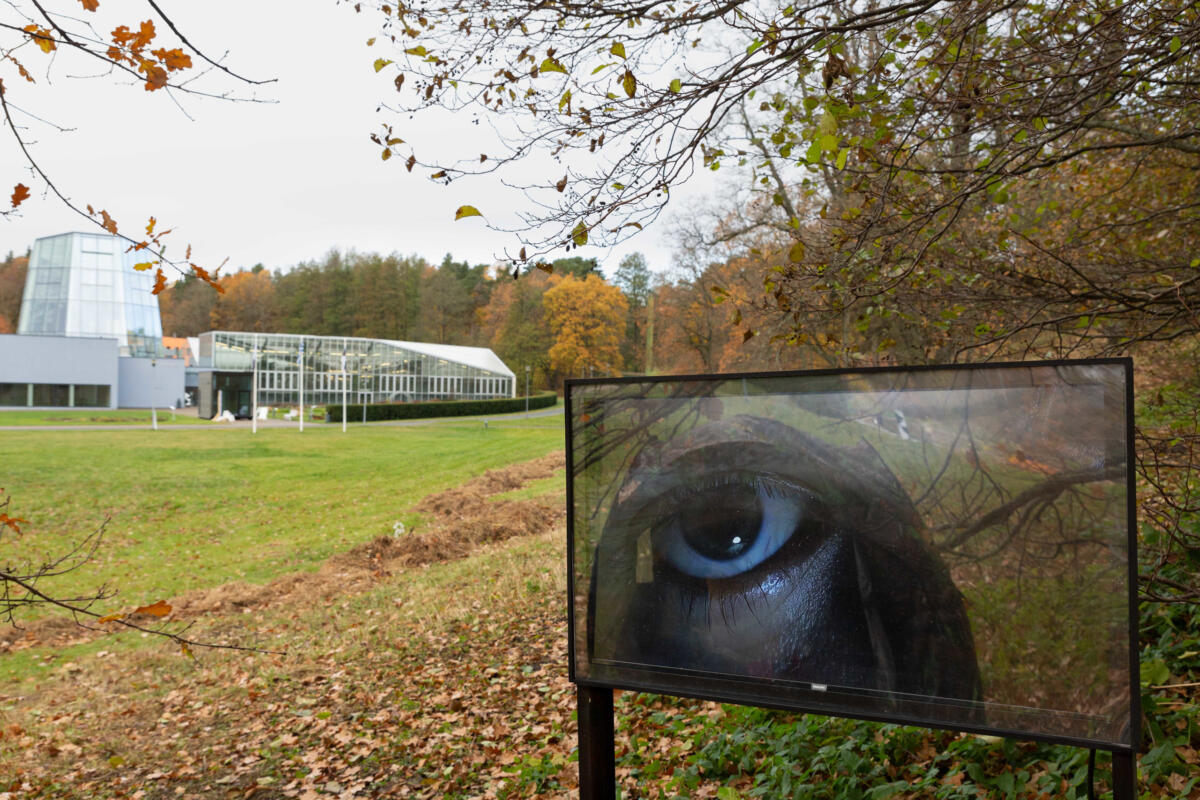
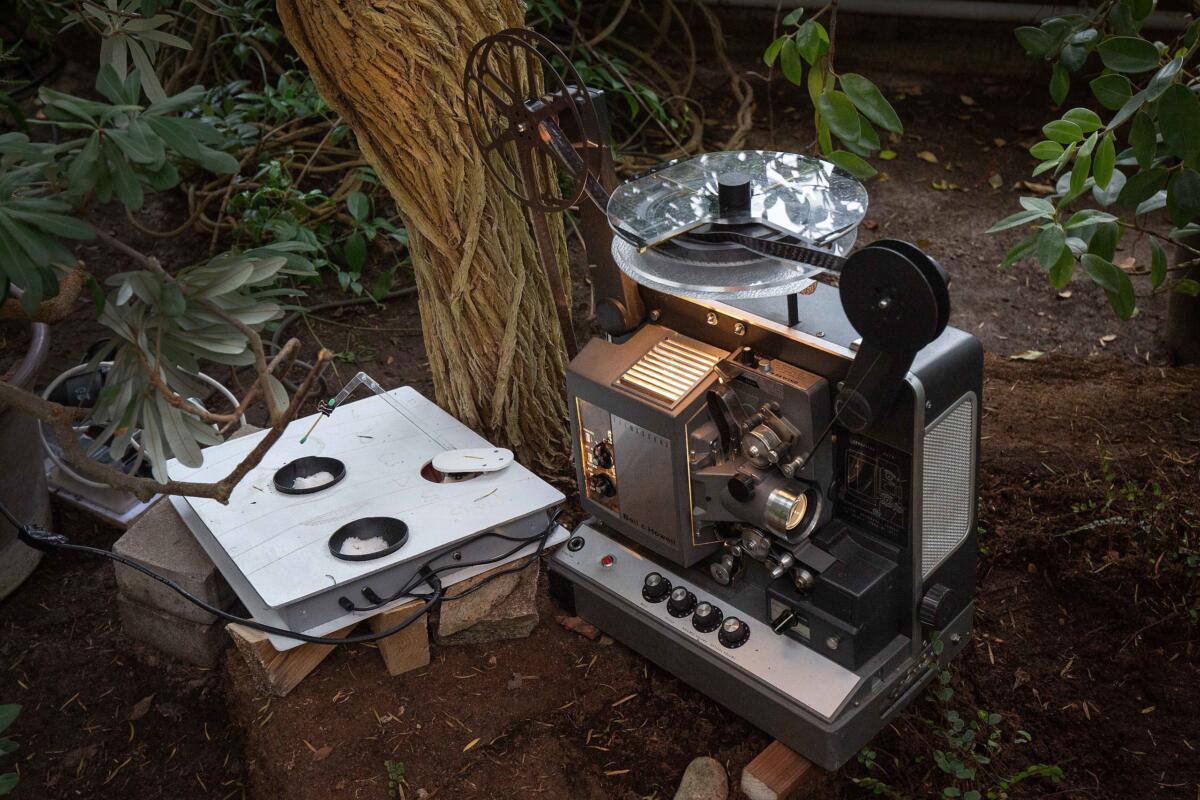
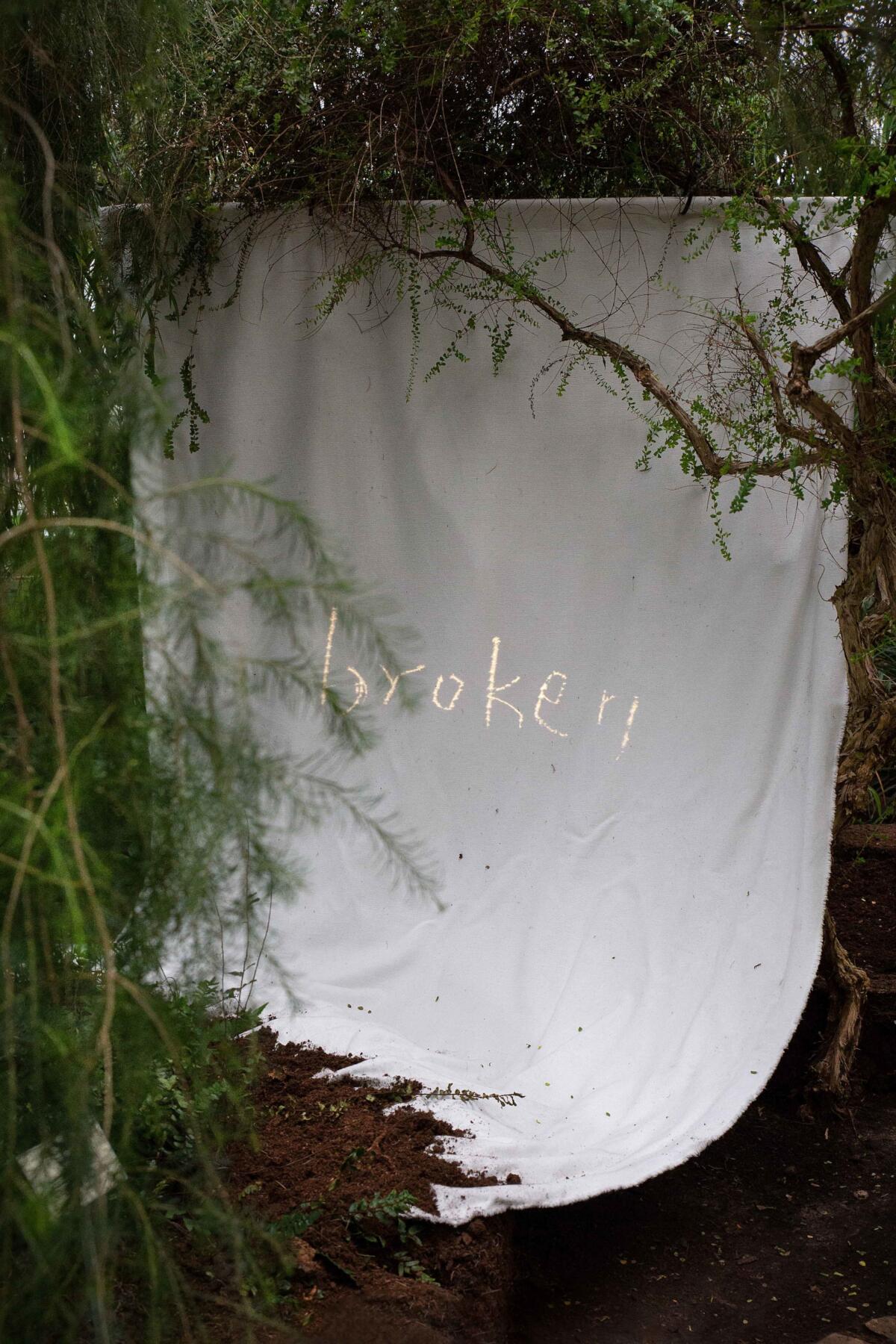
THE DROUGHT AND FLOOD OF ART CRITICISM
Artishok is a dynamic exhibition format connecting selected artists and writers on a shared platform as well as experimenting with their relationships. The first Artishok Biennial took place in 2008 with the purpose of intervening in the deficit of art criticism in Estonia. Since then, 100 new critical texts have been written within each biennial. Artishok is a collective independent from institutions, where the curators of the previous exhibitions select the new curator who holds a 10-day-long marathon of opening events in the venue related to the main theme of the biennial. The former curators of the biennial are: Maarin Ektermann & Margus Tamm, Kati Ilves, Liisa Kaljula, Indrek Grigor & Šelda Pukite, Evelyn Raudsepp, Sten Ojavee, Laura Linsi & Roland Reemaa.
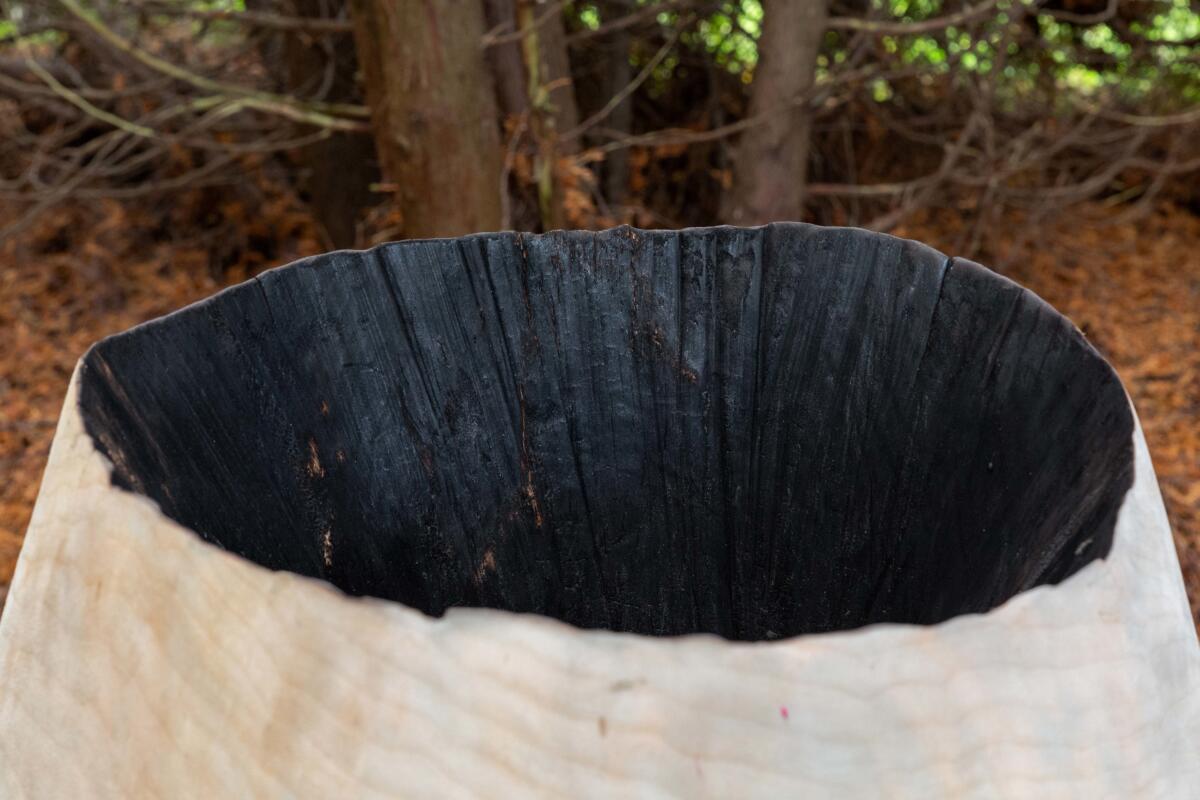

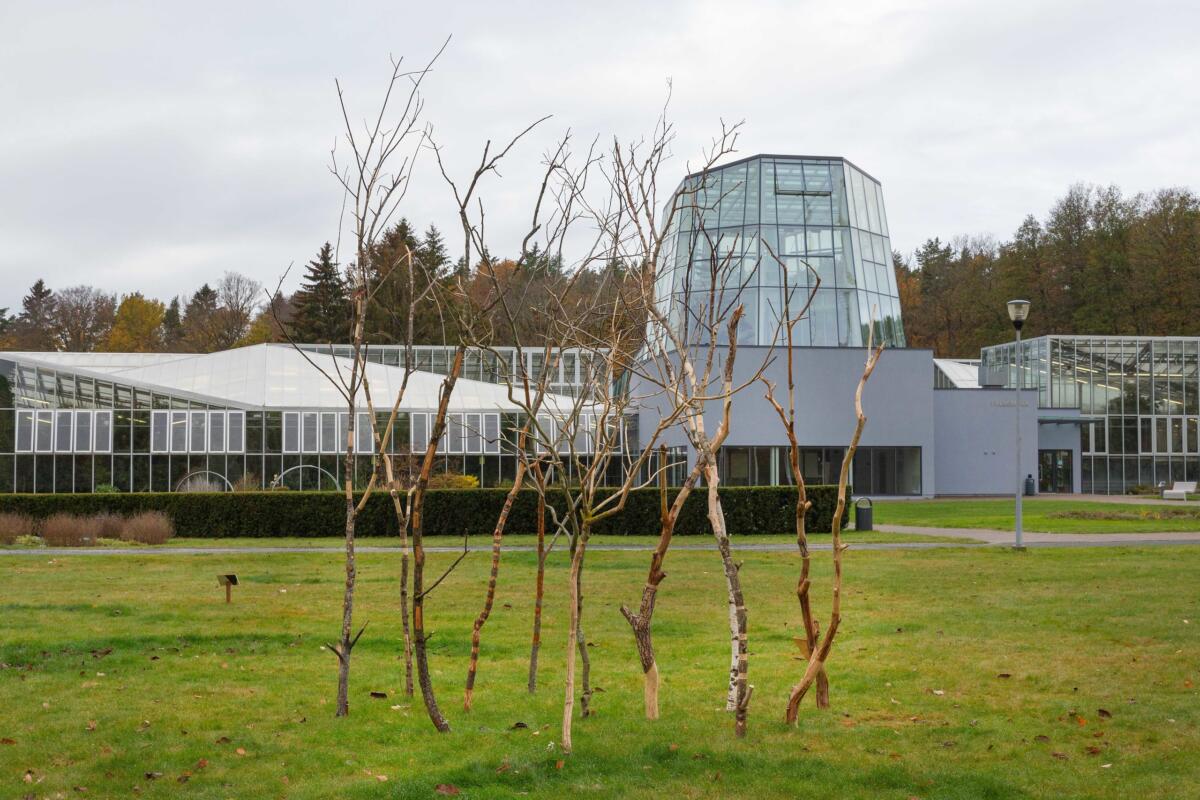
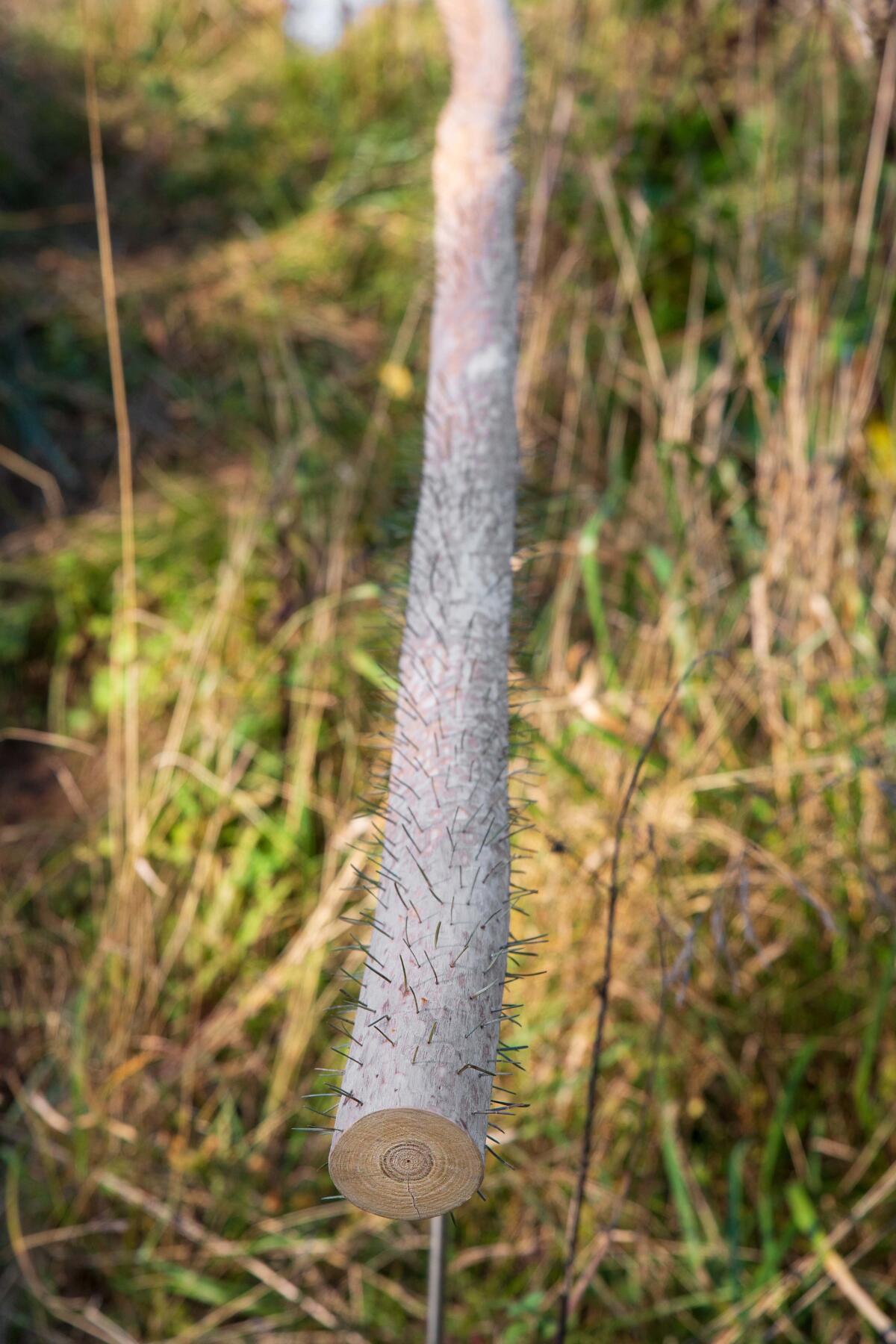
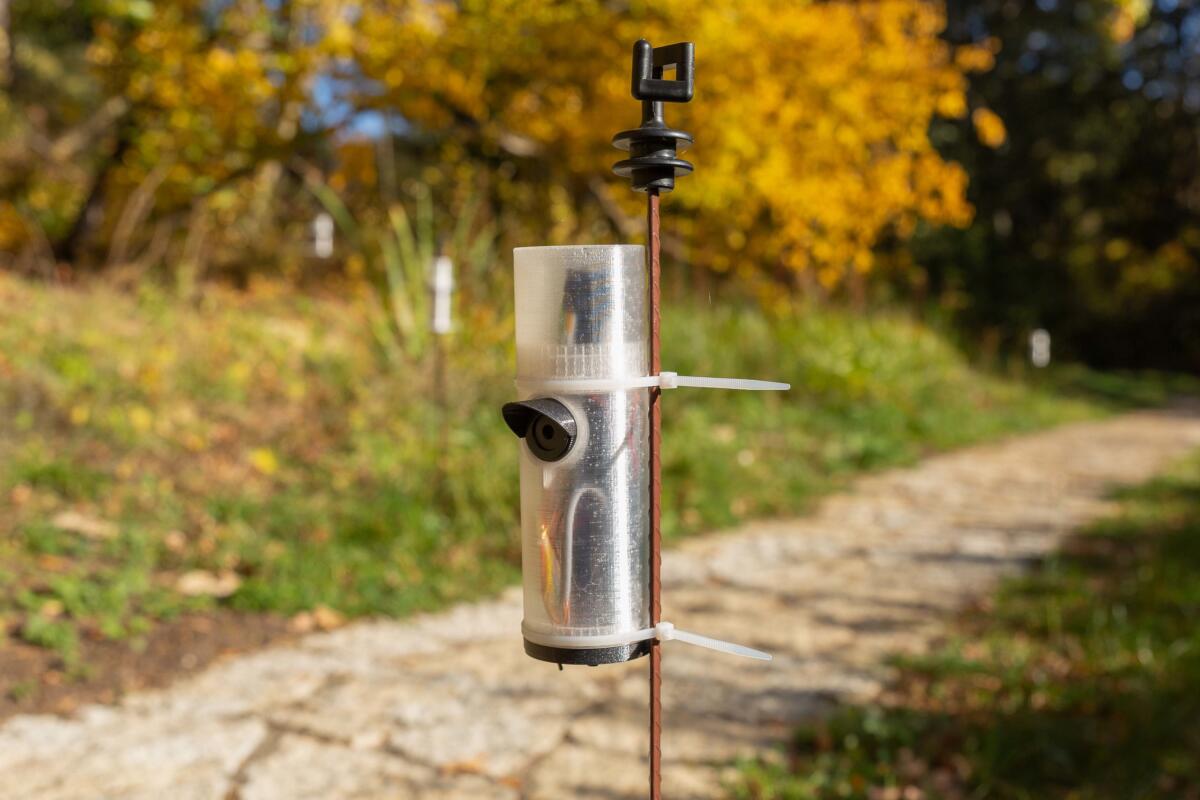
Ann Mirjam Vaikla
Curator of the 8th Artishok Biennial
September, 2022
[1]The apple trees, once planted in the yard of Kloostrimetsa farm, located next to Tallinn Botanic Garden by President of the first Republic of Estonia Konstantin Päts, are still growing there. The trees may be approximately a hundred years old.
[2] Peeter Laurits. Vaimsed taimsed kulgejad. – Vikerkaar 7-8/2020, p 125.
Imprint
| Artist | Sveta Grigorjeva, Aksel Haagensen, Alevtina Kakhidze, Sandra Kosorotova, Paul Kuimet, Marit Mihklepp, Liisa Saaremäel, Shubhangi Singh, Urmo Vaikla & Mikk Meelak, Ulla Alla, Merilin Kaup, Mari Möldre, Margus Tammik, |
| Exhibition | Botanical Witnesses |
| Place / venue | Tallinn Botanical Garden |
| Dates | 29.09 – 30.10.2022 |
| Curated by | Ann Mirjam Vaikla |
| Index | 8th Artishok Biennial Aksel Haagensen Alevtina Kakhidze Ann Mirjam Vaikla Artishok Biennal Estonia Liisa Saaremäel Margus Tammik Mari Möldre Marit Mihklepp Merilin Kaup Paul Kuimet Sandra Kosorotova Shubhangi Singh Sveta Grigorjeva Tallinn Tallinn Botanical Garden Ulla Alla Urmo Vaikla & Mikk Meelak |
